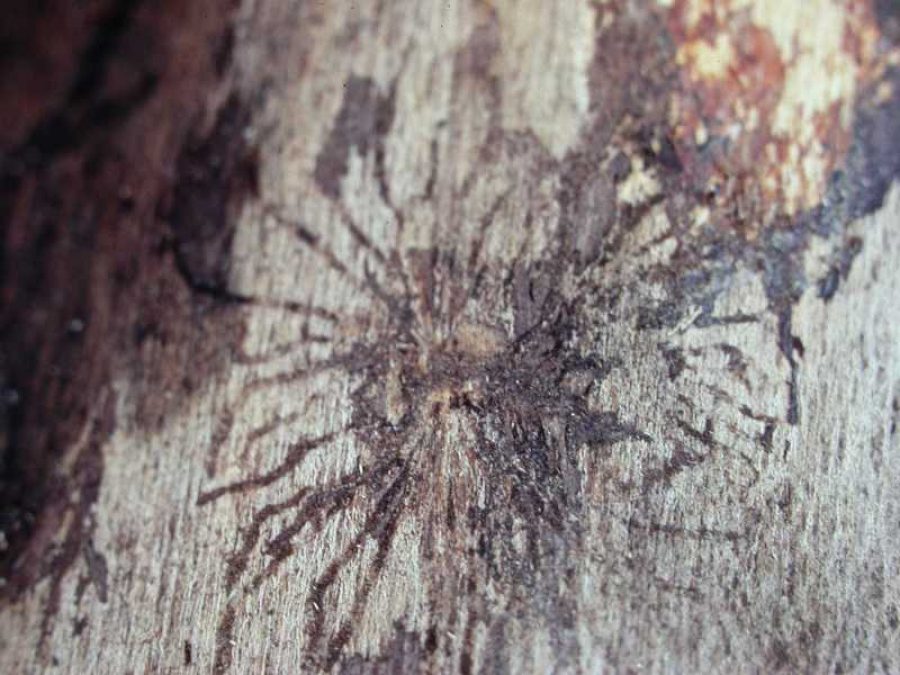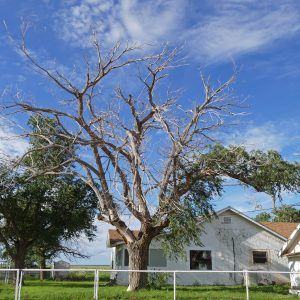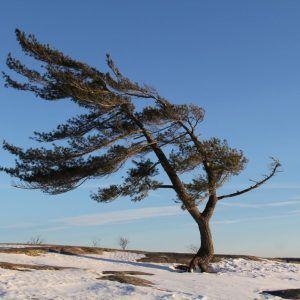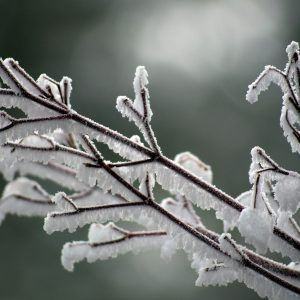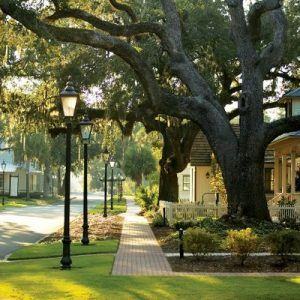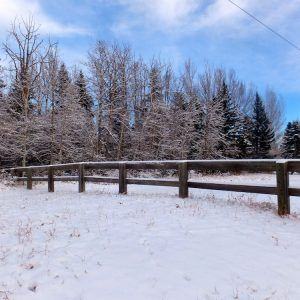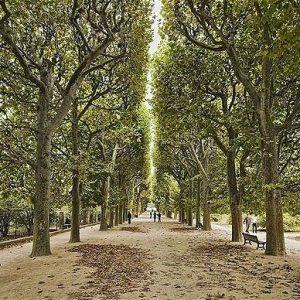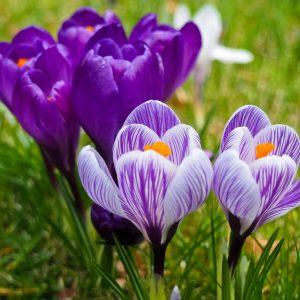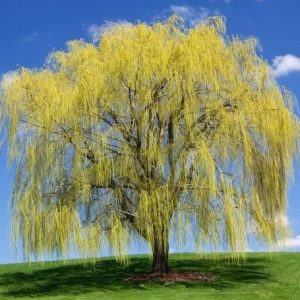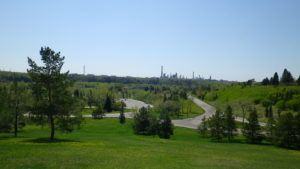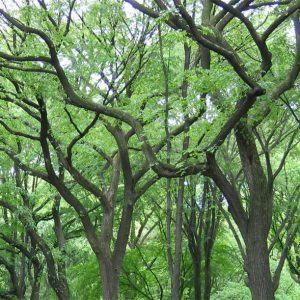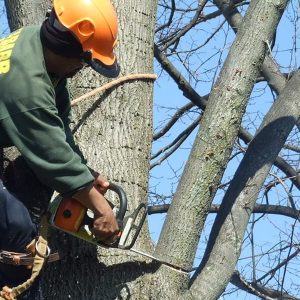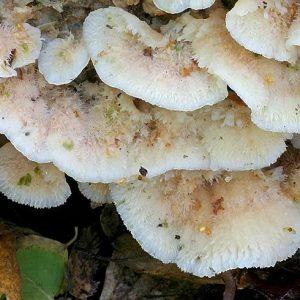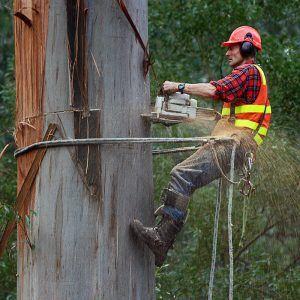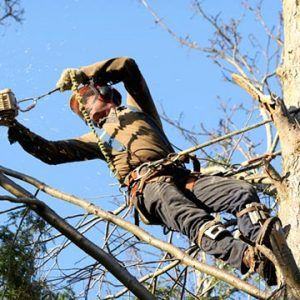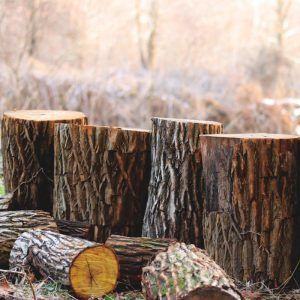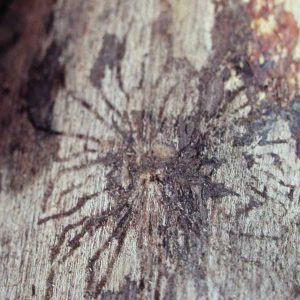In the second part of our series on cities dealing with Dutch Elm Disease around the world, Chipps Tree Care is going to New Haven, the home of Yale and its famous “Green,” a colonial-era park in the centre of town. A hundred years ago, the greenery on its streets would have looked a lot more like Edmonton’s, and it had been nicknamed “Elm City” for the thousands of them planted across the town and on the Green. New Haven was one of the first places where the wild species was cultivated and tamed. It proved incredibly durable and actually managed to thrive despite the compacted soil and later the pavement of the town. Sadly, the twentieth century took its toll on the population.
In the early 1900s, a first wave of DED swept through, but modernization may have uprooted even more. Many were removed to install gas lines and water mains, while many more were removed to make way for electricity lines. Lately, some Edmontonians have been calling for stricter bylaws around removals or replacement plantings in old neighbourhoods where there has been new housing development and infill. Whatever the municipality decides, we at Chipps are always ready to do removals, maintenance, plantings, and fertilizing, and we’ve got plenty of advice to give.
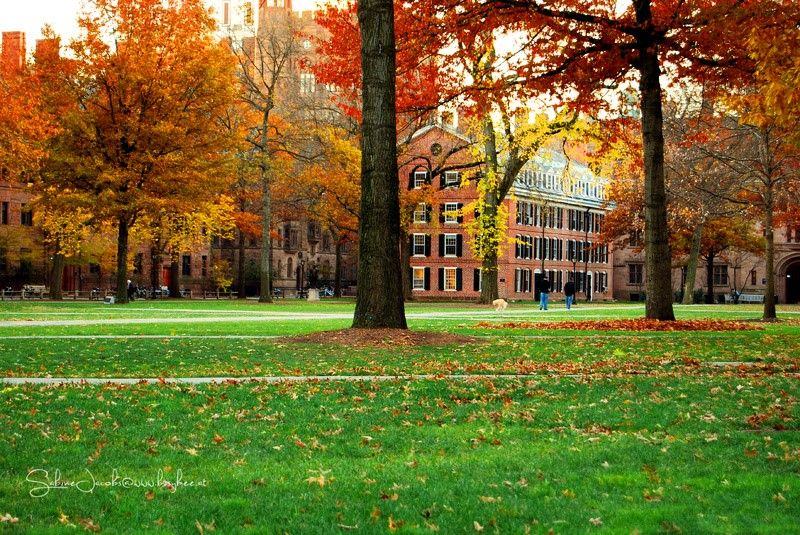
A hurricane in 1938 brought down over 13,000 of New Haven’s trees, but it wasn’t until a second, more virulent wave of DED struck in the 1940s that the population was completed devastated. By the end of the ’70s, “Elm City” was a defunct nickname, and the Green was practically deserted. Despite an official policy prioritizing the species and planting many of them through the ’50s, ultimately the fungus thwarted human preservation efforts.
The story doesn’t end there, though, and various community groups have been working to restore the Ulmus americana to this Connecticut town since the 1980s. The Boy Scouts replanted a hundred of them on the Green several decades ago, using a DED-resistant species. In 2014, the local Garden Club was given $30,000 for its efforts to raise saplings and then give them away to private homeowners looking to raise them on their own property.
A new municipal policy toward the urban forest is privileging diversity as a way of hindering the spread of the disease, as well as blights that affect other types of trees. Now, New Haven is home to hundreds of maples, oaks, and sycamores as part of its green renaissance.
The European bark beetle is present in Edmonton, but so far, only one case of the disease has been found in Alberta. Since then, municipal officials both here and in Calgary have been closely monitoring local examples, and residents are encouraged to report symptoms like yellowing leaves during the summer and brown, wilted leaves that do not fall off the branches. Provincial laws require that if an elm is cut down, it cannot be used as firewood. If there’s a dying elm on your property, Chipps Tree Care arborists are trained to look for signs of DED when they do tree removals in Edmonton and can safely dispose of the wood. Let’s learn a lesson from Connecticut and take care of our city’s emerald canopy.


